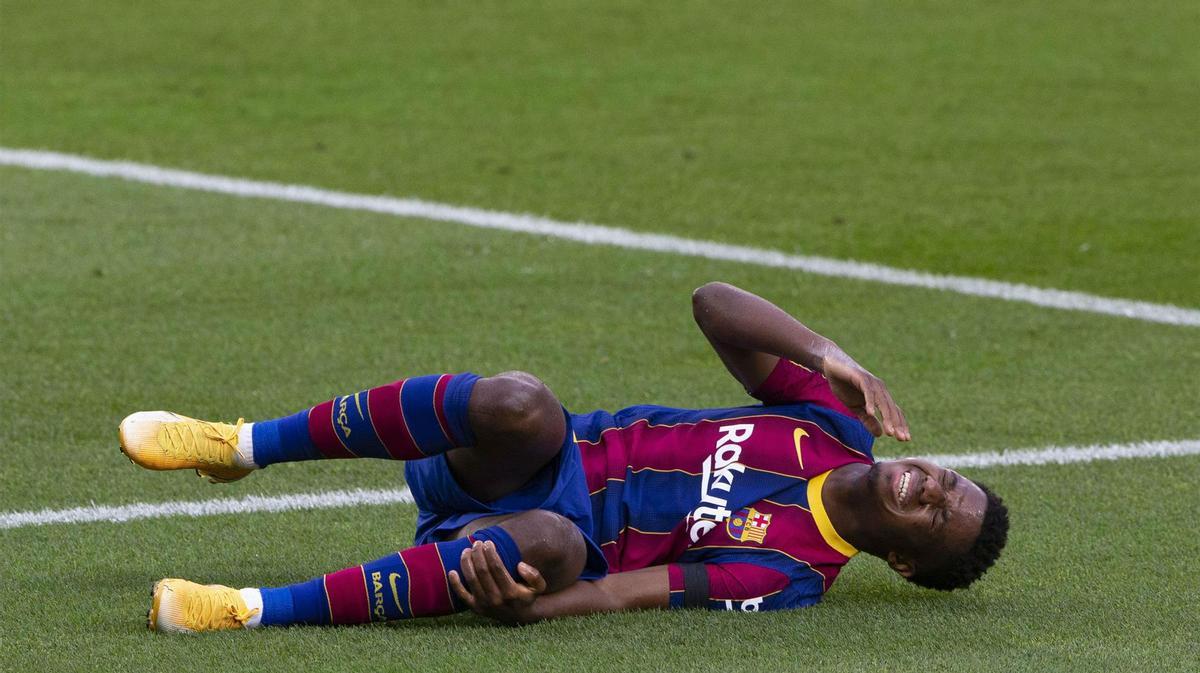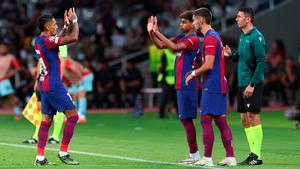Ansu Fati's knee injury: The details from traumatologists
Traumatologists from the iMove-Clínica Mi Tres Torres give us the ins and outs of it
Young FC Barcelona star Ansu Fati, underwent various diagnostic tests yesterday, which confirmed a medial meniscus tear in his left knee, produced during a clash with Real Betis defender Mendi.
“The medial meniscus is a C-shaped fibrocartilaginous disc and is made up of three parts: the anterior horn, the most mobile part; the middle body and the posterior horn, which are fixed to the joint capsule and for this reason are areas of greater risk of injury as they present less mobility ”, explains Dr. Marc Aguilar, traumatologist at the Knee Unit of iMove-Clínica Mi Tres Towers.
Likewise, as Dr. Aguilar puts it, "the most peripheral area of the meniscus is the best irrigated and therefore with greater healing capacity compared to the intermediate or central area, which are practically avascular and have little healing power" .
In this way, meniscal tears can be very diverse depending on the location. As Dr. Joan Leal, a member of the Knee Unit explains, “in this type of surgery, they try to preserve the meniscus by suturing it or, if this is not possible, removing the injured part. This decision is made based on three parameters: the type of injury, the location, and the age of the subject. If the injury is located in a peripheral area with greater blood supply, the chances of healing after a suture are greater, contrary to what occurs in meniscal tears located in a central area with less vascularization, where meniscal repair will carry a higher risk of surgical failure. That is why, in a professional player, an attempt will be made to speed up the indication to perform a meniscal suture to preserve a greater meniscal surface and, thus, protect the joint as much as possible. All this taking into account that the menisci exert a protective and cushioning function in the functioning of the knee joint.
Dr. Fernando Clemente, another member of the Knee Unit, explains that “suturing the meniscus requires a longer and more careful postoperative period of more than 3 months, having as an inherent risk the possibility of a reintervention if the suture is not successful". Partial removal (meniscectomy) has a shorter and less demanding recovery but involves the presence of a smaller meniscal surface after surgery and, therefore, a greater probability of evolving to osteoarthritis in the medium / long term.
In this way, making this decision is crucial, because the evolution of Ansu Fati's knee in the short, medium and long term will depend on it.
Doctor Clemente explains that “in an injury like Ansu Fati's, being a professional athlete with a long projection and career, you should try to suture whenever possible, although you cannot tell until the arthroscopy is started and the location and type of meniscal tear are checked."
Topics with the letter






